I want to model the resistance between two points on a large mass of uniform resistivity.
There are two cases I am particularly interested in:
a) a cuboid (e.g. a tank of conductive fluid), we could say it is axis-oriented with (0,0,0) and (w,h,d) being diagonally opposite corners, I put two pointlike probes in at known coordinates and measure the voltage between them.
b) a thin sheet whose shape can be decomposed into uniform squares, for example:
For a) it might be acceptable to treat the cuboid as infinitely large. How big would the error be? Or, under what size conditions is the error "small" (within some specified tolerance, i.e. a few percent)?
For b) it would be acceptable to treat the probes as being squares of the same size and alignment as the tiles which comprise the whole shape, if that simplifies things.
How can I calculate the resistance between the probes in these situations?
